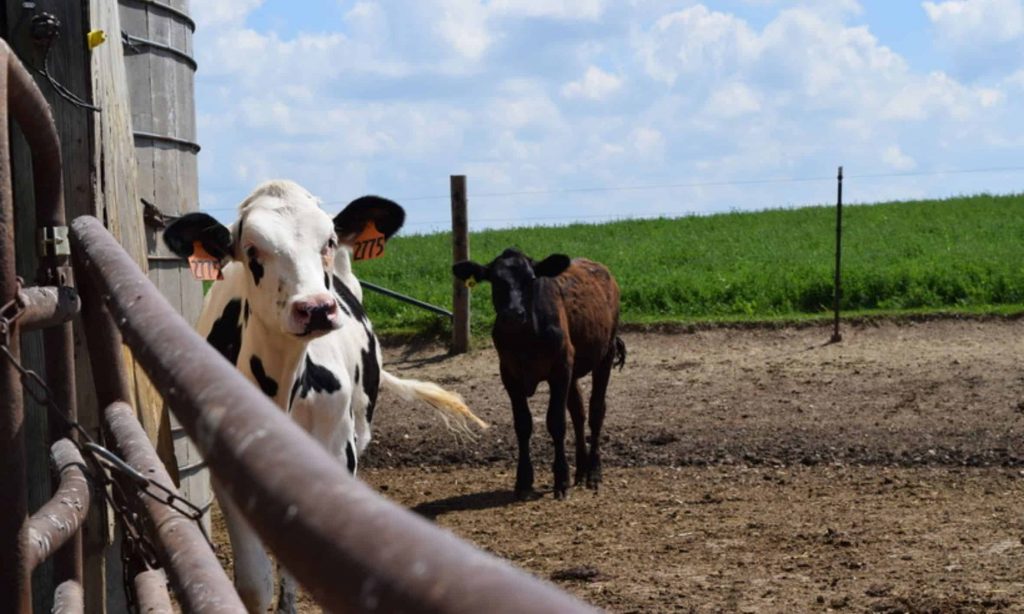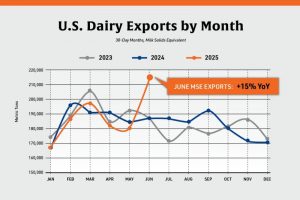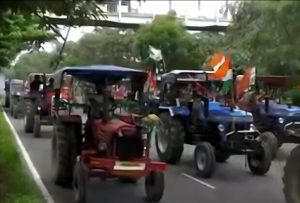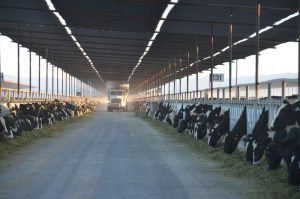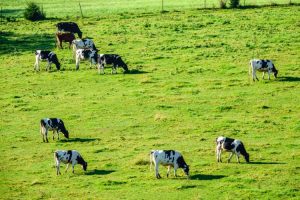
The U.S. Department of Agriculture is rolling out a new program to help organic dairy farmers deal with increased feed prices and other production costs.
The Organic Dairy Marketing Assistance Program will provide producers with a one-time payment to cover at least 75 percent of a farm’s projected marketing costs for 2023. The total is calculated based on items like transportation, quality testing and other costs to get milk from the farm to a processor.
The USDA first announced the new program in January, saying small producers have faced higher costs that have been compounded by the COVID-19 pandemic and drought conditions that impacted many western states over the last two years.
Adam Warthesen is senior director of government and industry affairs at Organic Valley, a national cooperative based in La Farge. He said the main driver of higher production costs has been organic feed. He said international trade tensions with India impacted the availability of organic soybeans. The war in Ukraine also significantly affected organic grain supplies, first disrupting exports to the European Union which caused ripple effects across the world market.
“We saw livestock producers and dairy faced with costs that had more or less doubled, in some cases tripled,” Warthesen said. “And really, what were their options here? They were really up against the wall.”
Matt Severson is CEO of Premier Cooperative, which operates an organic feed production facility in Westby. He said the price of organic soybean meal has been significantly higher over the last 18 months. With little organic soybean production in the area, Severson said his business and others in the state are dependent on transporting the product from states to the west.
“You have to deal with the trucking costs, the distribution channels and those types of things, which add costs all the way through,” he said.
Severson said drought in western states in the last two years has also impacted both organic and conventional crop production on top of inflation and changes on the world market. He said he’s been hearing the sticker shock from both organic and conventional dairy producers. But one big change has been the price difference between the two types of feed.
“Over the years, there’s always been kind of a consistent range for what organic inputs cost overtop of conventional,” he said. “In that last 18 months or so, that range has widened, meaning that the inputs have become more expensive on the organic side as it relates to the conventional side.”
But he said at the retail level, organic dairy products haven’t increased as much as conventional, squeezing farms even more.
The tough market situation is what led Organic Valley and others in the industry to petition Congress for direct assistance to the industry last year.
“This is a small amount of resources, but it’s necessary for farms to plan for their future and to help them offset some costs that were really out of their control,” Warthesen said. “No farmer could mitigate a war in Ukraine. No farmer could figure out how to plan for a trade dispute with India.”
Severson said prices have started to improve, and domestic organic soybean production is looking stronger this year. But he said it may take a bit longer for things to return to normal because feed companies like his can’t wait for prices to come down before buying the products they need.
Farmers have until July 24 to apply for the Organic Dairy Marketing Assistance Program through the Farm Service Agency. The agency could distribute a second round of payments if there is funding left over after the first application period.
